We put the Xiaomi 13T Pro through our rigorous DXOMARK Camera test suite to measure its performance in photo, video, and zoom quality from an end-user perspective. This article breaks down how the device fared in a variety of tests and several common use cases and is intended to highlight the most important results of our testing with an extract of the captured data.
Overview
Key camera specifications:
- Primary: 50MP 1/1.28″ sensor, 1.22 µm pixels, 24mm equivalent f/1.9-aperture lens, OIS
- Ultra-wide: 12MP 1/3.06″ sensor, 1.12µm pixels, 15mm equivalent f/2.2-aperture lens
- Tele : 50MP 1/2.88″ sensor, 0.61µm pixels, 50mm equivalent f/1.9-aperture lens AF
Scoring
Sub-scores and attributes included in the calculations of the global score.
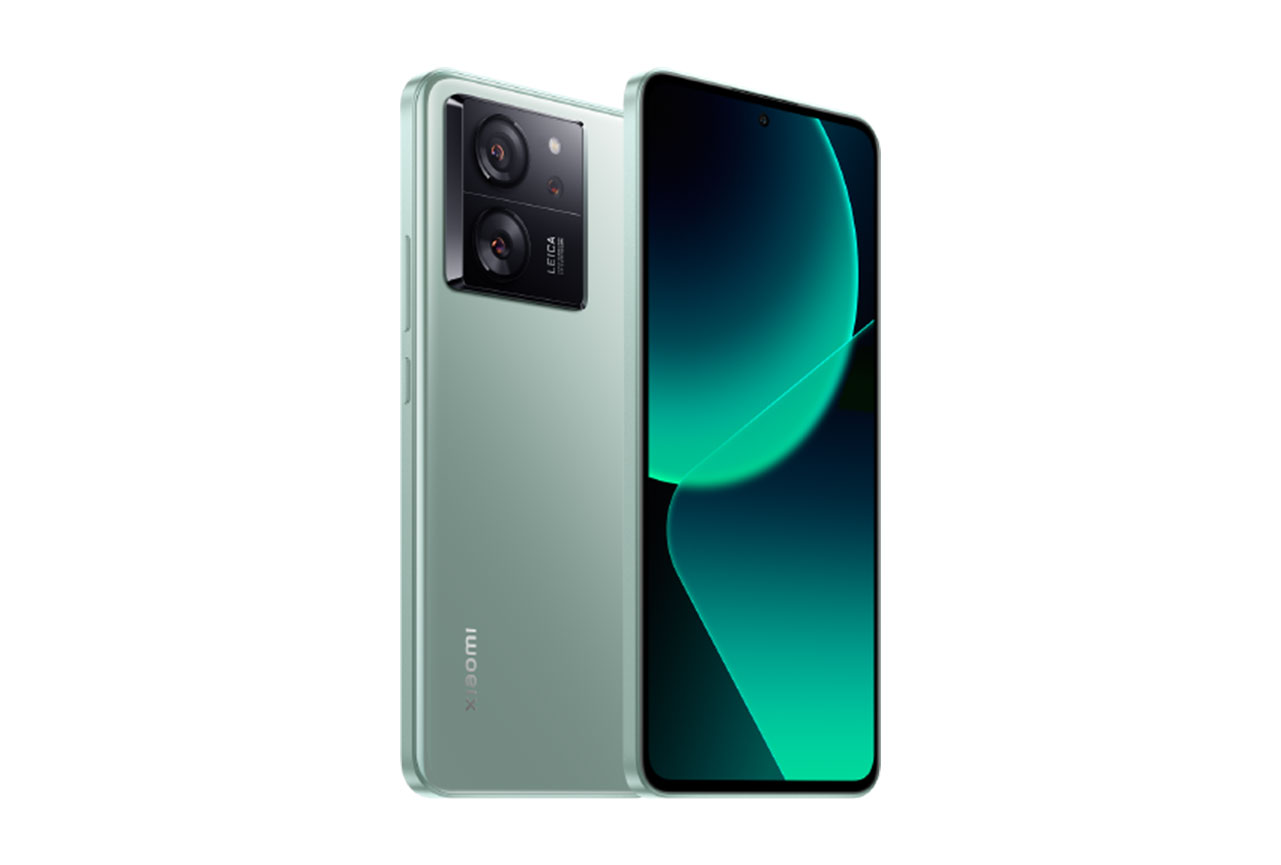
Xiaomi 13T Pro


Use cases & Conditions
Use case scores indicate the product performance in specific situations. They are not included in the overall score calculations.
Outdoor
Photos & videos shot in bright light conditions (≥1000 lux)
Indoor
Photos & videos shot in good lighting conditions (≥100lux)
Lowlight
Photos & videos shot in low lighting conditions (<100 lux)
Friends & Family
Portrait and group photo & videos
 70th
70th 12th
12thPros
- Accurate exposure in different light conditions
- Good control of noise in photo and video
- Autofocus is generally fast and accurate for video
- Preservation of details in indoor and outdoor conditions
Cons
- Loss of detail in pictures of documents
- Presence of artifacts in portrait mode
- Slight inacurate skin rendering
- Inaccurate color representation in night mode
- Residual motion observable in outdoor walking scenarios
With an overall Camera score of 131, the Xiaomi 13T Pro ranked 8 points higher than the Xiaomi 13T, even though both phones are equipped with the same camera hardware. The differences in image quality were particularly visible in color rendering, in terms of white balance and skin tone rendering.
This year, Xiaomi has shifted gears and equipped the 13T and 13T Pro lines with a Mediatek chipset, after several years of using Qualcomm chipsets for the T Pro lines. Specifically, the 13T Pro comes with the powerful MediaTek Dimensity 9200+, while the standard 13T has the MediaTek Dimensity 8200-Ultra.
When compared with the 12T Pro, its predecessor, the 13T Pro also scored a few points higher in camera performance, thanks mostly to the photo rendering in which exposure, and especially noise and autofocus, showed significant improvements. The autofocus was generally spot on, and the 13T Pro managed to keep the main subject sharp. However, the device’s main drawback is trigger delay, which keeps the 13T Pro behind the very best devices in this area.
The 13T Pro’s video mode provides good movement stabilization, good color rendering in outdoor conditions, while keeping down the noise levels in moving objects, making it an ideal camera for capturing videos of trips and sports.
Test summary
About DXOMARK Camera tests: DXOMARK’s Camera evaluations take place in laboratories and in real-world situations using a wide variety of subjects. The scores rely on objective tests for which the results are calculated directly by measurement software on our laboratory setups, and on perceptual tests in which a sophisticated set of metrics allow a panel of image experts to compare aspects of image quality that require human judgment. Testing a smartphone involves a team of engineers and technicians for about a week. Photo, Zoom, and Video quality are scored separately and then combined into an Overall score for comparison among the cameras in different devices. For more information about the DXOMARK Camera protocol, click here. More details on smartphone camera scores are available here. The following section gathers key elements of DXOMARK’s exhaustive tests and analyses. Full performance evaluations are available upon request. Please contact us on how to receive a full report.
Photo
Xiaomi 13T Pro
169
For scoring and analysis, DXOMARK engineers capture and evaluate more than 2,600 test images both in controlled lab environments and in outdoor, indoor and low-light natural scenes, using the camera’s default settings. The photo protocol is designed to take into account the main use cases and is based on typical shooting scenarios, such as portraits, family, and landscape photography. The evaluation is performed by visually inspecting images against a reference of natural scenes, and by running objective measurements on images of charts captured in the lab under different lighting conditions from 1 to 1,000+ lux and color temperatures from 2,300K to 6,500K.
In our tests, the Xiaomi 13T Pro delivered images with good detail preservation and low noise levels in bright light conditions. The color rendering of the Xiaomi 13T Pro offered natural and vibrant colors, although the skin color rendering could be slightly inaccurate in low-light conditions. This device had good exposure and white balance stability under different light conditions, together with a wide dynamic range, resulting in good detail rendering in high and low illuminated areas of the image. In addition, the Xiaomi 13T Pro presented less lens shading than the Xiaomi 13T.

Exposure
Xiaomi 13T Pro
130
The Xiaomi 13T Pro exhbited a high dynamic range in almost all tested condition — except when the subject was moving in the scene, which made the HDR rendering quite unstable. Dynamic range was on par mostly with the Xioami 13T and showed slightly better results than the 12T Pro.

With regards to the Xiaomi 12T Pro, some improvements were visible in low light, with a better target exposure leading to a more pleasant rendering.

Color
Xiaomi 13T Pro
130
Exposure and color are the key attributes for technically good pictures. For exposure, the main attribute evaluated is the brightness of the main subject through various use cases such as landscape, portrait, or still life. Other factors evaluated are the contrast and the dynamic range, eg. the ability to render visible details in both bright and dark areas of the image. Repeatability is also important because it demonstrates the camera's ability to provide the same rendering when shooting several images of the same scene.
For color, the image quality attributes analyzed are skin-tone rendering, white balance, color shading, and repeatability. For color and skin tone rendering, we penalize unnatural colors but we respect a manufacturer's choice of color signature.
Color rendering of the 13T Pro was generally pleasant even if it sometimes struggled, especially on backlit scenes, with red tint visible.

Autofocus
Xiaomi 13T Pro
125
Autofocus tests concentrate on focus accuracy, focus repeatability, shooting time delay, and depth of field. Shooting delay is the difference between the time the user presses the capture button and the time the image is actually taken. It includes focusing speed and the capability of the device to capture images at the right time, what is called 'zero shutter lag' capability. Even if a shallow depth of field can be pleasant for a single subject portrait or close-up shot, it can also be a problem in some specific conditions such as group portraits; Both situations are tested. Focus accuracy is also evaluated in all the real-life images taken, from infinity to close-up objects and in low light to outdoor conditions.
ln autofocus, the 13T Pro was a very efficient device, managing to to have its target in focus. However, the delay between triggering the capture button and the actual capture was often slightly too long — between 200ms and 300ms in all lighting conditions. This is only a slight improvement when compared to the 12T Pro, but it is significant enough to miss the moment. For action-packed uses cases such as sports photography, this slightly too long of a delay, which can easily mean missing the significant moment.

Texture
Xiaomi 13T Pro
125
Texture tests analyze the level of details and the texture of subjects in the images taken in the lab as well as in real-life scenarios. For natural shots, particular attention is paid to the level of details in the bright and dark areas of the image. Objective measurements are performed on chart images taken in various lighting conditions from 1 to 1000 lux and different kinds of dynamic range conditions. The charts used are the proprietary DXOMARK chart (DMC) and the Dead Leaves chart.

Noise
Xiaomi 13T Pro
117
Noise tests analyze various attributes of noise such as intensity, chromaticity, grain, structure on real-life images as well as images of charts taken in the lab. For natural images, particular attention is paid to the noise on faces, landscapes, but also on dark areas and high dynamic range conditions. Noise on moving objects is also evaluated on natural images. Objective measurements are performed on images of charts taken in various conditions from 1 to 1000 lux and different kinds of dynamic range conditions. The chart used is the Dead Leaves chart and the standardized measurement such as Visual Noise derived from ISO 15739.

Artifacts
Xiaomi 13T Pro
82
The artifacts evaluation looks at lens shading, chromatic aberrations, geometrical distortion, edges ringing, halos, ghosting, quantization, unexpected color hue shifts, among others type of possible unnatural effects on photos. The more severe and the more frequent the artifact, the higher the point deduction on the score. The main artifacts observed and corresponding point loss are listed below.
Bokeh
Xiaomi 13T Pro
85
With a score of 70 in bokeh, the 13T Pro is ranked ahead of the 13T version. Even though both devices exhibited quite similar quality in most of the conditions, the 13T Pro sometimes did slightly better on some very specific areas, but the quality gap between the devices was generally small.
Preview
Xiaomi 13T Pro
93
Preview tests analyze the image quality of the camera app's preview of the image, with particular attention paid to the difference between the capture and the preview, especially regarding dynamic range and the application of the bokeh effect. Also evaluated is the smoothness of the exposure, color and focus adaptation when zooming from the minimal to the maximal zoom factor available. The preview frame rate is measured using the LED Universal Timer.
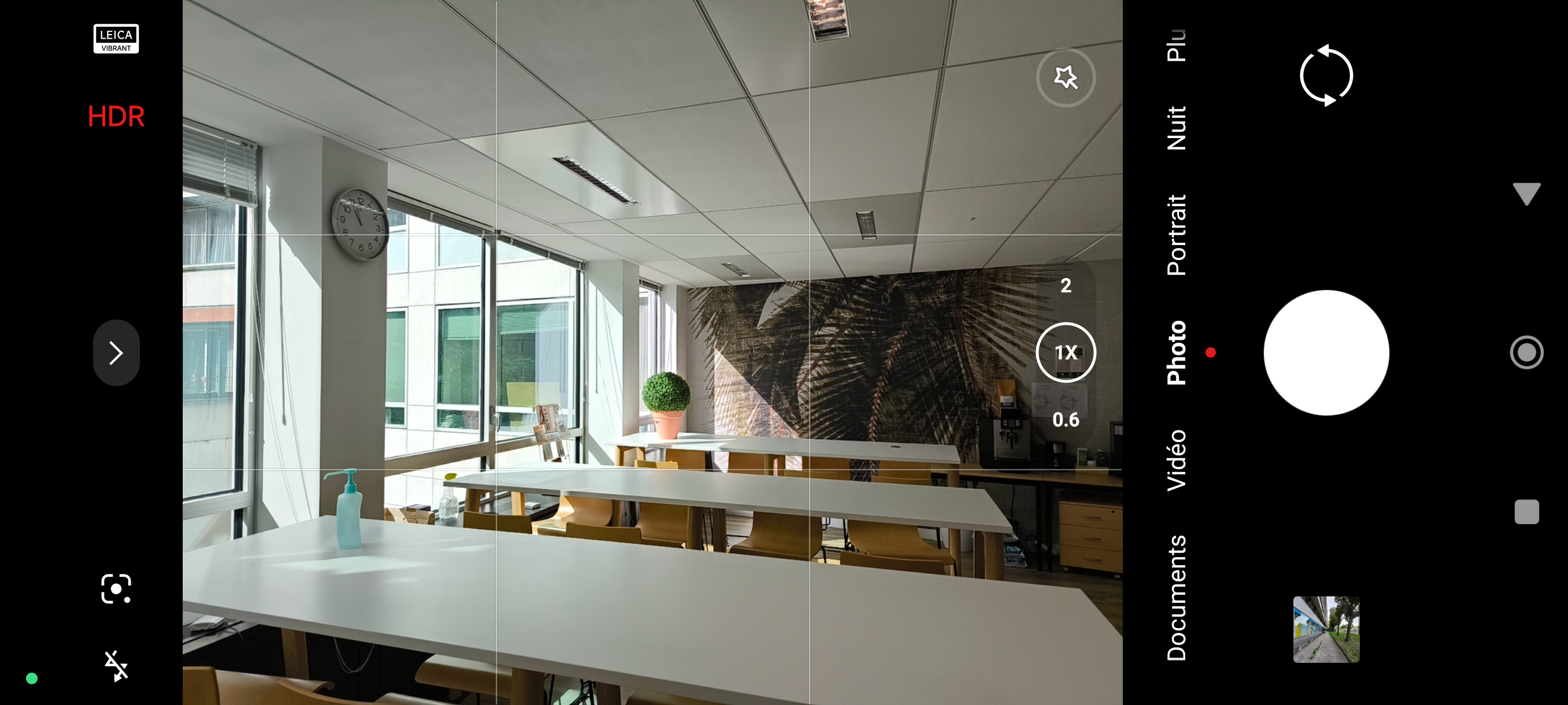
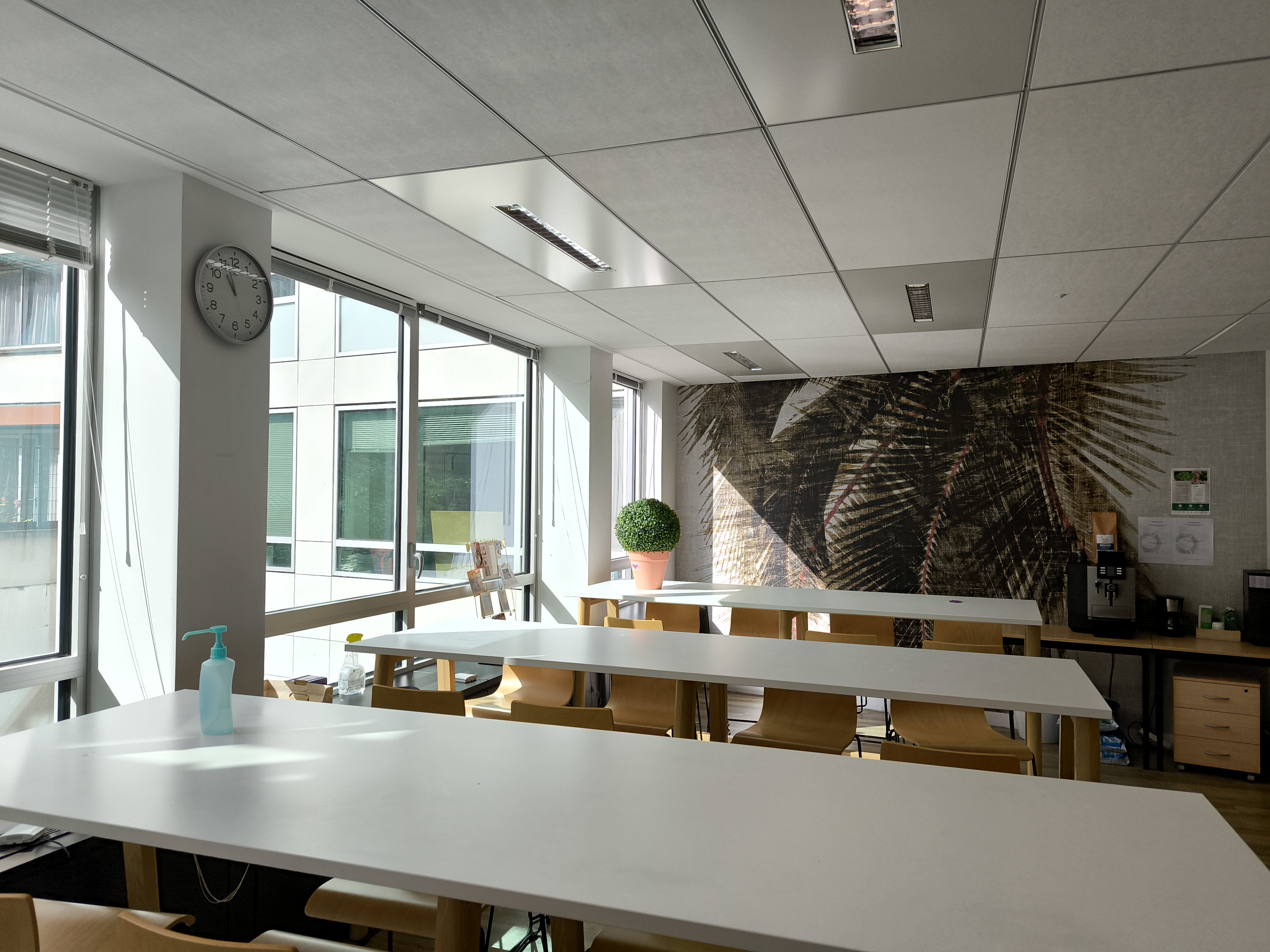
Zoom
Xiaomi 13T Pro
169
DXOMARK engineers capture and evaluate over 400 test images in controlled lab environments and in outdoor, indoor, and low-light natural scenes, using the camera’s default settings and pinch zoom at various zoom factors from ultra wide to very long-range zoom. The evaluation is performed by visually inspecting the images against a reference of natural scenes, and by running objective measurements of chart mages captured in the lab under different conditions from 20 to 1000 lux and color temperatures from 2300K to 6500K.

Wide
Xiaomi 13T Pro
122
These tests analyze the performance of the ultra-wide camera at several focal lengths from 12 mm to 20 mm. All image quality attributes are evaluated, with particular attention paid to such artifacts as chromatic aberrations, lens softness, and distortion. Pictures below are an extract of tested scenes.

Tele
Xiaomi 13T Pro
128
All image quality attributes are evaluated at focal lengths from approximately 40 mm to 300 mm, with particular attention paid to texture and detail. The score is derived from a number of objective measurements in the lab and perceptual analysis of real-life images.
The Xiaomi 13T and Xiaomi 13T Pro both have the same camera modules, and the final rendering was generally very close most of the time. But the Xiaomi 13T’s rendering was slightly sharper.
Video
Xiaomi 13T Pro
159
DXOMARK engineers capture and evaluate more than 2.5 hours of video in controlled lab environments and in natural low-light, indoor and outdoor scenes, using the camera’s default settings. The evaluation consists of visually inspecting natural videos taken in various conditions and running objective measurements on videos of charts recorded in the lab under different conditions from 1 to 1000+ lux and color temperatures from 2,300K to 6,500K.
The Xiaomi 13T Pro was tested using 4K HDR10+ format at 30 frames per second. Please note that this is a different HDR format than the Xiaomi 13 Ultra, which proposes Dolby Vision HLG format.
In video, the 13T Pro showed a good preservation of details and good exposure stability under the different light conditions tested: outdoors, indoors, and low light. The Xiaomi 13T Pro also had good noise control, even with moving objects or subjects. Autofocus was fast and accurate, while exposure was accurate in all light conditions. Overall in video mode, the Xiaomi 13T Pro’s quality was very similar to that of the Xiaomi 13T.

Exposure
Xiaomi 13T Pro
116

Color
Xiaomi 13T Pro
120
Exposure tests evaluate the brightness of the main subject and the dynamic range, eg. the ability to render visible details in both bright and dark areas of the image. Stability and temporal adaption of the exposure are also analyzed.
Image-quality color analysis looks at color rendering, skin-tone rendering, white balance, color shading, stability of the white balance and its adaption when light is changing.
Xiaomi 13T Pro videos showed stable white balance and decent color rendering. Color scores, however, were a bit disappointing for a camera tested in HDR format, with colors generally less vivid than those on the Xiaomi 12T Pro.
Disclaimer: The snapshots used in the illustrations below were obtained through BT. 2446a tone mapping in order to be displayed in this review. They nevertheless illustrate well what was observed on HDR displays.




Texture
Xiaomi 13T Pro
118
Texture tests analyze the level of details and texture of the real-life videos as well as the videos of charts recorded in the lab. Natural videos recordings are visually evaluated, with particular attention paid to the level of details in the bright and areas as well as in the dark. Objective measurements are performed of images of charts taken in various conditions from 1 to 1000 lux. The charts used are the DXOMARK chart (DMC) and Dead Leaves chart.

Noise
Xiaomi 13T Pro
120
Noise tests analyze various attributes of noise such as intensity, chromaticity, grain, structure, temporal aspects on real-life video recording as well as videos of charts taken in the lab. Natural videos are visually evaluated, with particular attention paid to the noise in the dark areas and high dynamic range conditions. Objective measurements are performed on the videos of charts recorded in various conditions from 1 to 1000 lux. The chart used is the DXOMARK visual noise chart.

Stabilization
Xiaomi 13T Pro
119
Stabilization evaluation tests the ability of the device to stabilize footage thanks to software or hardware technologies such as OIS, EIS, or any others means. The evaluation looks at residual motion, smoothness, jellow artifacts and residual motion blur on walk and run use cases in various lighting conditions. The video below is an extract from one of the tested scenes.
Disclaimer: Videos on the Xiaomi 13T Pro and 13T were recorded using the device HDR10+ format. YouTube does not detect Xiaomi’s implementation of HDR10+ and automatically converts videos to SDR, which could result in a loss of details on the final images. As a result, please be aware that the videos in this review might not reflect the tested HDR quality.

Artifacts
Xiaomi 13T Pro
86
Artifacts are evaluated with MTF and ringing measurements on the SFR chart in the lab as well as frame-rate measurements using the LED Universal Timer. Natural videos are visually evaluated by paying particular attention to artifacts such as aliasing, quantization, blocking, and hue shift, among others. The more severe and the more frequent the artifact, the higher the point deduction from the score. The main artifacts and corresponding point loss are listed below.


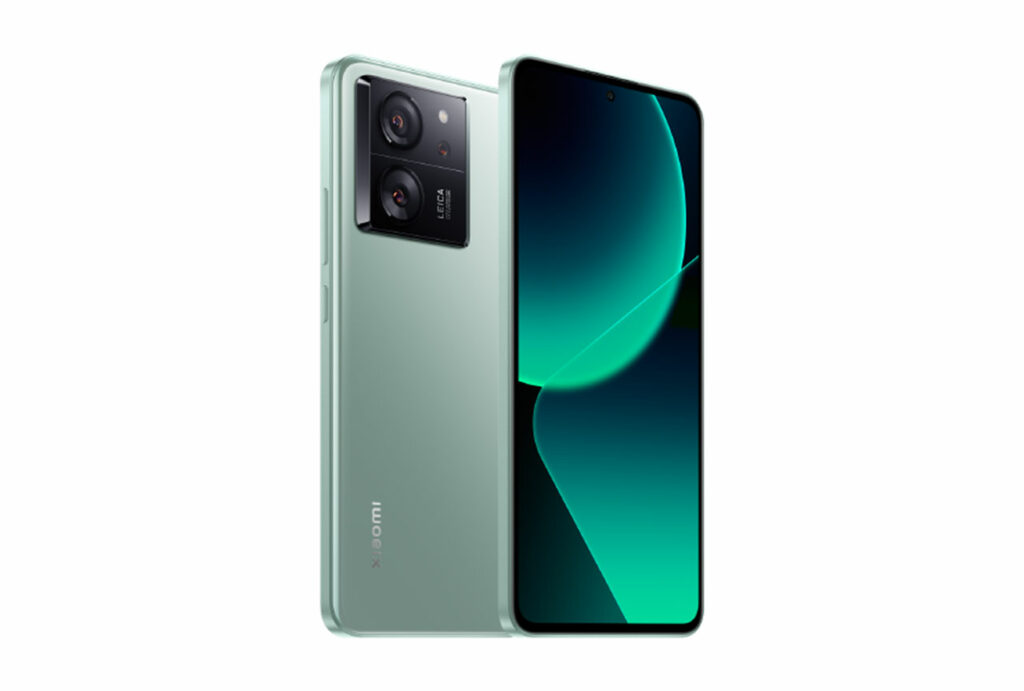
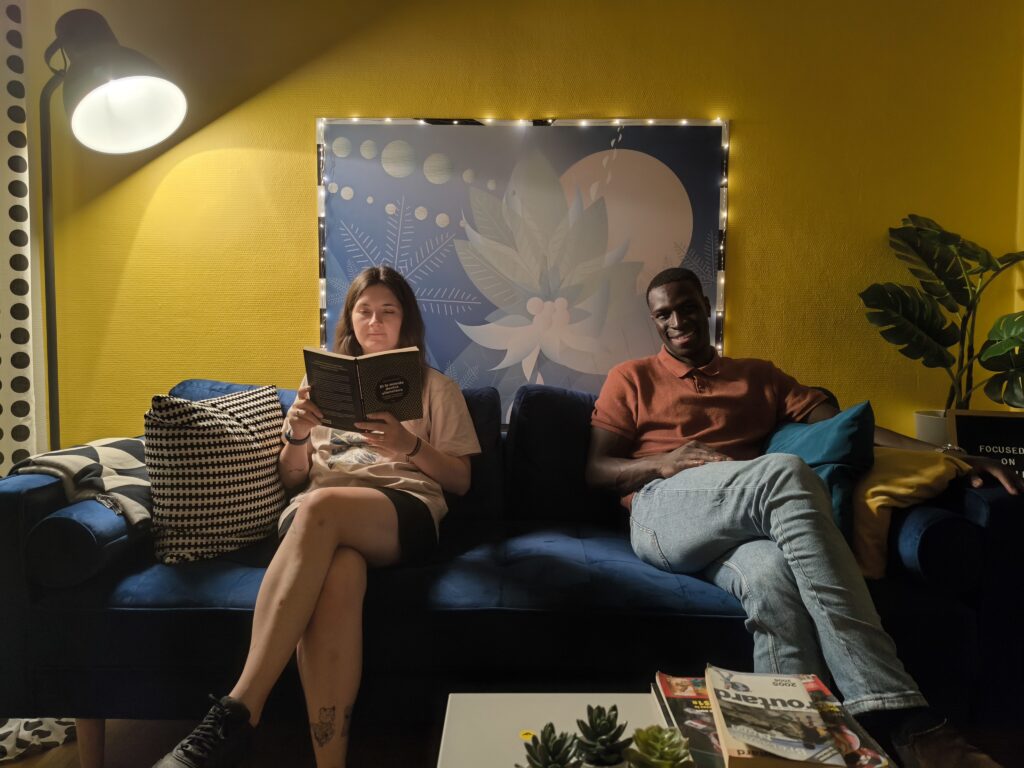
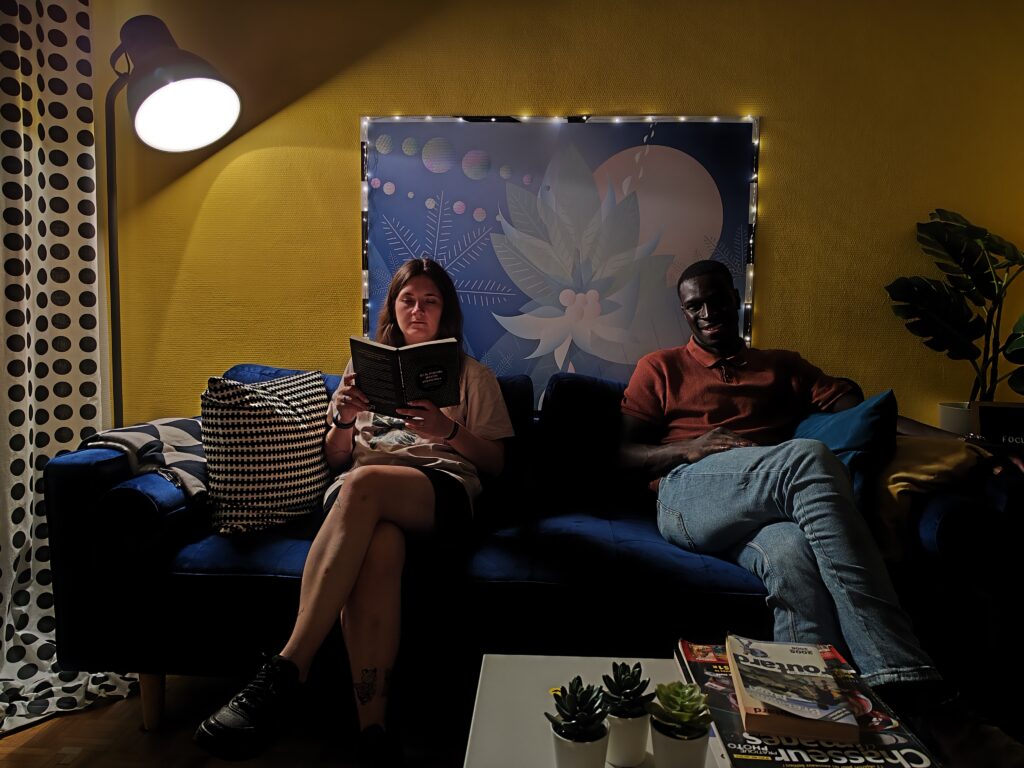
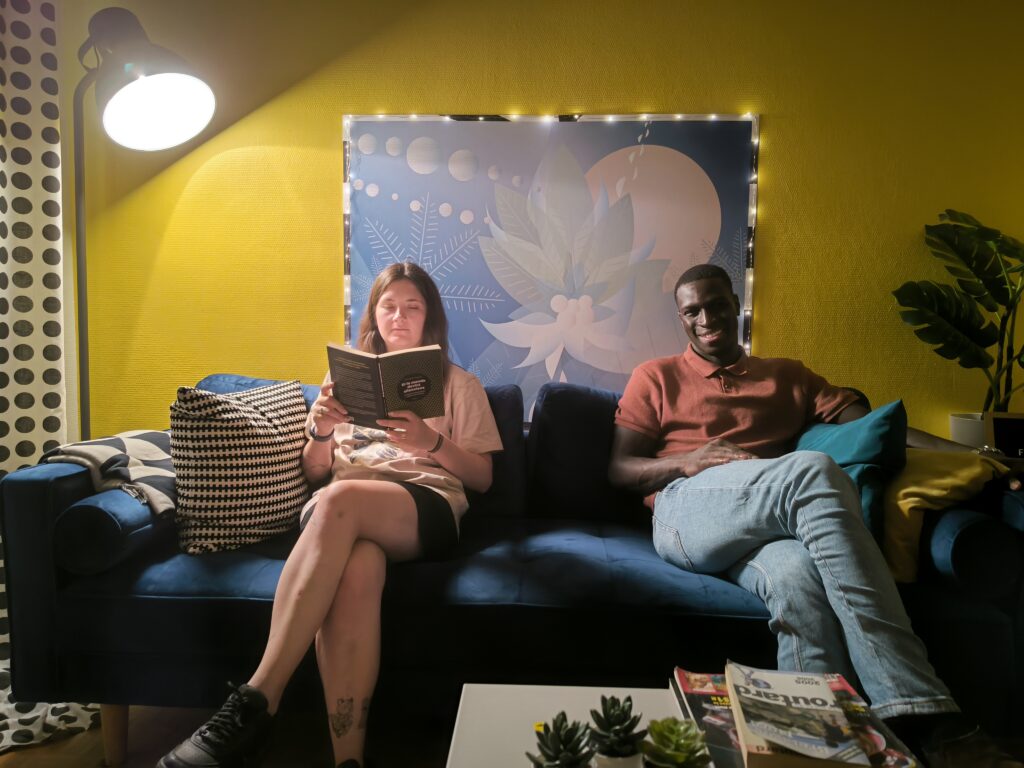
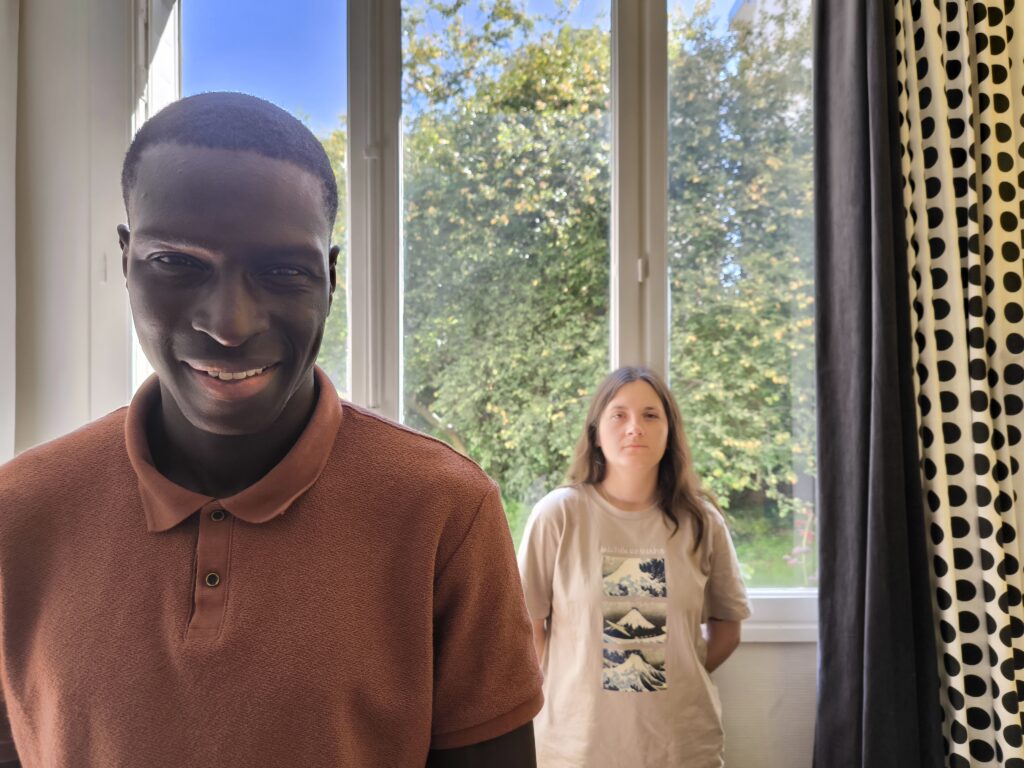
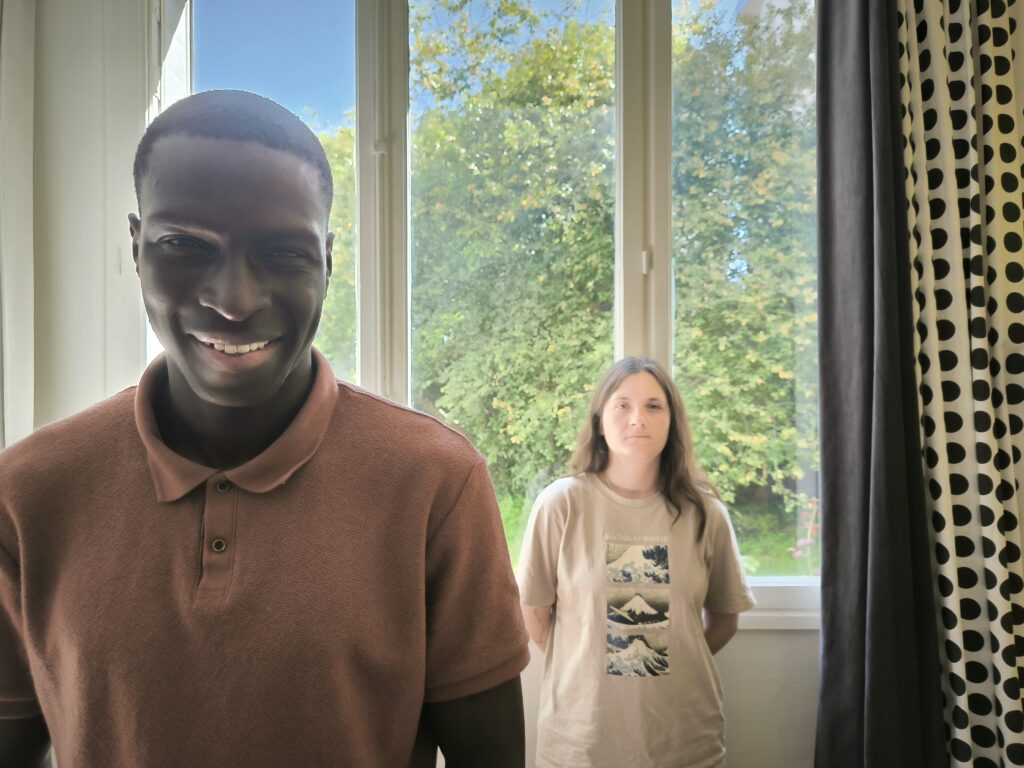


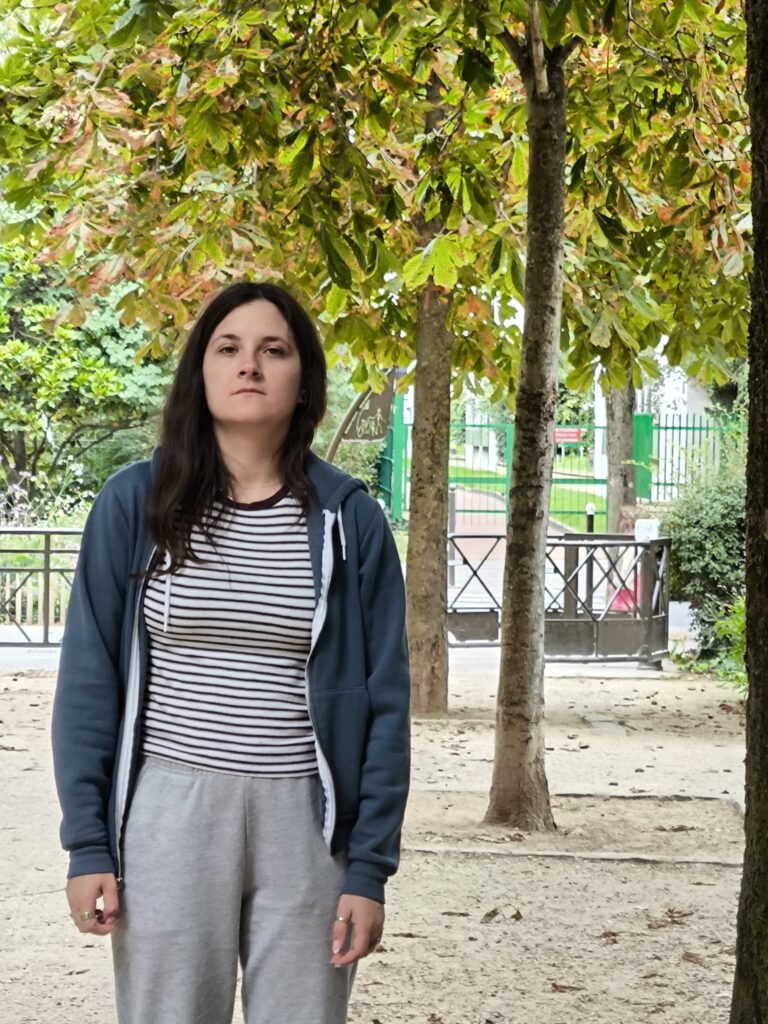
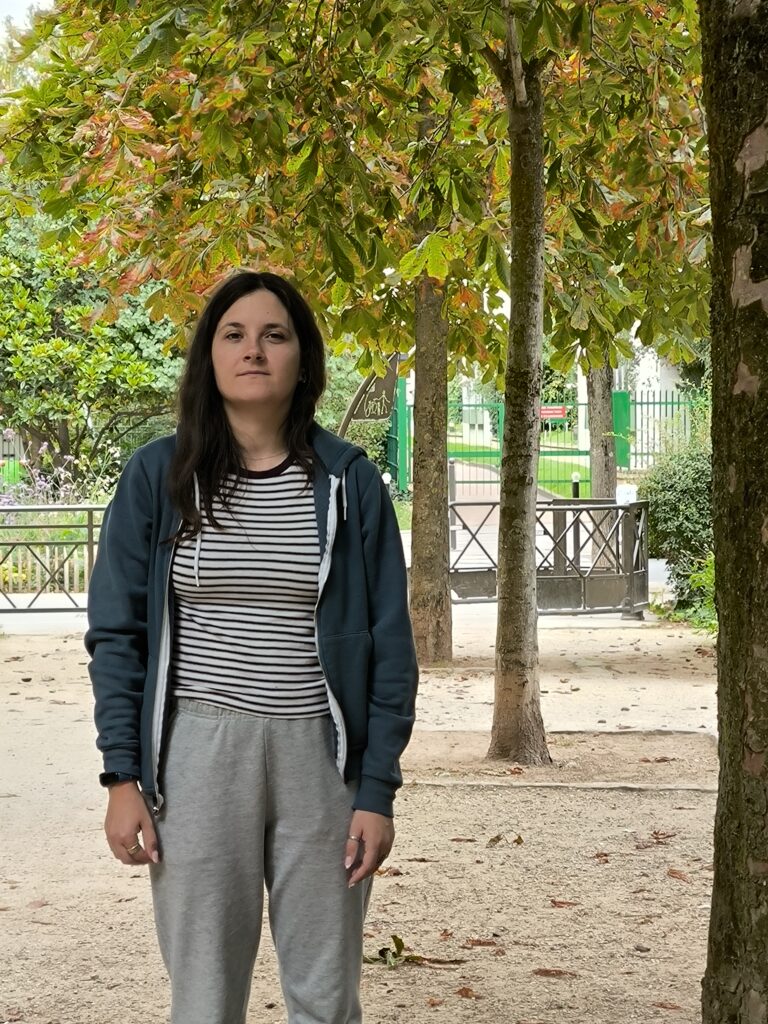
DXOMARK encourages its readers to share comments on the articles. To read or post comments, Disqus cookies are required. Change your Cookies Preferences and read more about our Comment Policy.